- Informatii telefonice:(+40) 748 400 200
The Oxford Illustrated History of the Third Reich | Robert Gellately
Cod intern: xsales_1385462Producator: Oxford University Press
Vizualizari: 25 / Achizitii: 18
Stoc: In stoc
Pret: 150.0 RON
Acest produs este publicat in categoria Librarie la data de 15-03-2025: 10:03 si vandut de Carturesti. Vanzatorul isi asuma corectitudinea datelor publicate. ( alege finantarea potrivita )
-
Produs cu garantie
-
Livrare direct din stocul fizic al Carturesti
-
Retur gratuit minim 14 zile de la data achizitiei
At age thirty in 1919, Adolf Hitler had no accomplishments. He was a rootless loner, a corporal in a shattered army, without money or prospects. A little more than twenty years later, in autumn 1941, he directed his dynamic forces against the Soviet Union, and in December, the Germans were at the gates of Moscow and Leningrad. At that moment, Hitler appeared ― however briefly ― to be the most powerful ruler on the planet. Given this dramatic turn of events, it is little wonder that since 1945 generations of historians keep trying to explain how it all happened. This richly illustrated history provides a readable and fresh approach to the complex history of the Third Reich, from the coming to power of the Nazis in 1933 to the final collapse in 1945. Using photographs, paintings, propaganda images, and a host of other such materials from a wide range of sources, including official documents, cinema, and the photography of contemporary amateurs, foreigners, and the Allied armies, it distils our ideas about the period and provides a balanced and accessible account of the whole era.

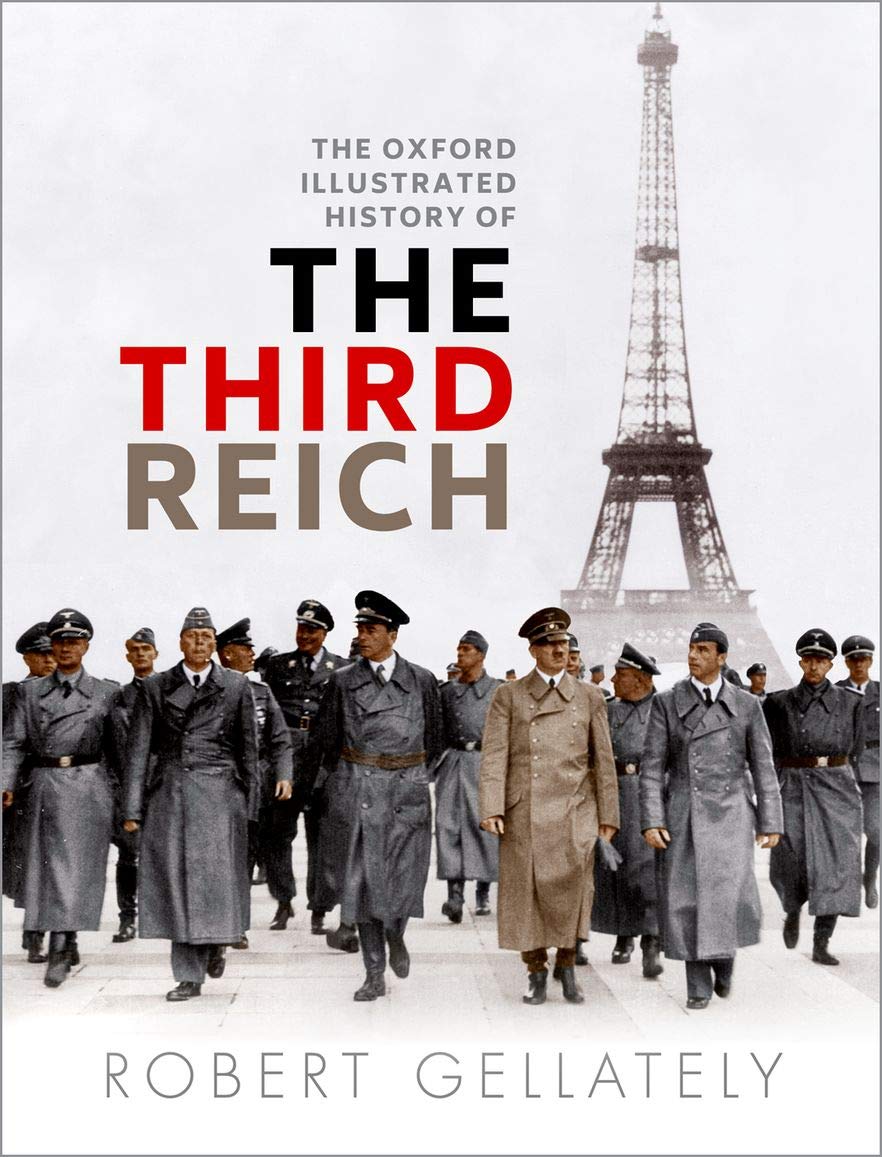






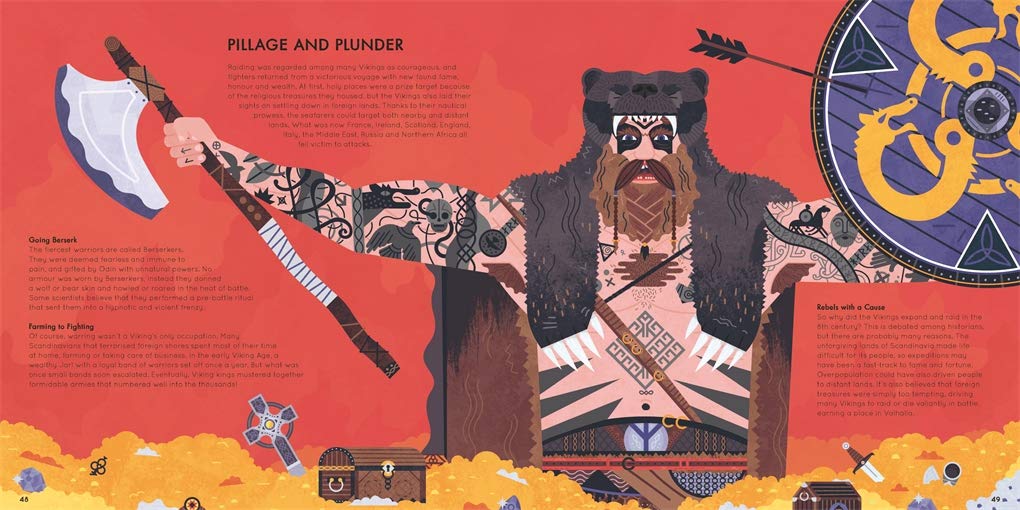


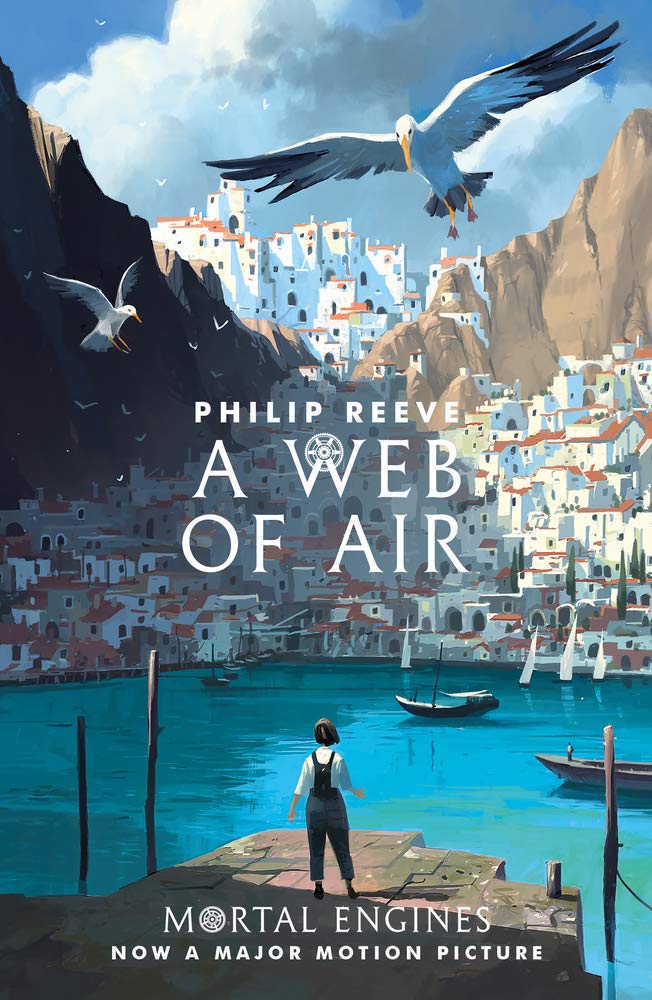







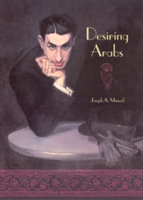

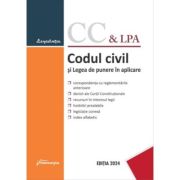




Scrie parerea ta
The Oxford Illustrated History of the Third Reich | Robert Gellately
Ai cumparat produsul The Oxford Illustrated History of the Third Reich | Robert Gellately ?
Lasa o nota si parerea ta completand formularul alaturat.
At age thirty in 1919, Adolf Hitler had no accomplishments. He was a rootless loner, a corporal in a shattered army, without money or prospects. A little more than twenty years later, in autumn 1941, he directed his dynamic forces against the Soviet Union, and in December, the Germans were at the gates of Moscow and Leningrad. At that moment, Hitler appeared ― however briefly ― to be the most powerful ruler on the planet. Given this dramatic turn of events, it is little wonder that since 1945 generations of historians keep trying to explain how it all happened. This richly illustrated history provides a readable and fresh approach to the complex history of the Third Reich, from the coming to power of the Nazis in 1933 to the final collapse in 1945. Using photographs, paintings, propaganda images, and a host of other such materials from a wide range of sources, including official documents, cinema, and the photography of contemporary amateurs, foreigners, and the Allied armies, it distils our ideas about the period and provides a balanced and accessible account of the whole era.
Acorda un calificativ